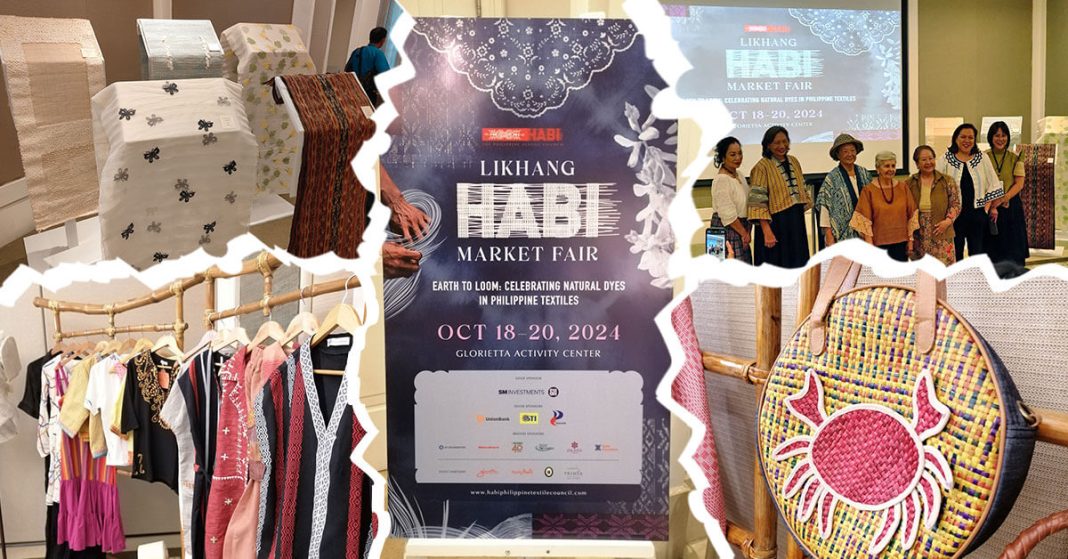“How much of what you’re wearing is Filipino-made?” Ms. Maryjo Feraren, Director of HABI: The Philippine Textile Council, posed this question in one of our conversations with her at the Media Launch of the upcoming Likhang Habi Market Fair.
We had to stop and think if we were actually wearing anything locally made—and realized, sadly, that most of us Filipinos don’t usually include local craftsmanship in our everyday outfits or ‘OOTDs’.
But it’s not too late to support our local craftsmanship created by talented Filipino artisans.
What’s Inside
- What to Expect at the 14th Likhang Habi Market Fair
- Weaving Dreams: Piña and Abaca Weaving Competition
- Likhang Habi Market Fair Empowers Skilled Weavers and Artisans
- From Grassroots to Greatness: Inspiring Success of Filipino Artisans
- Weaving the Next Generation
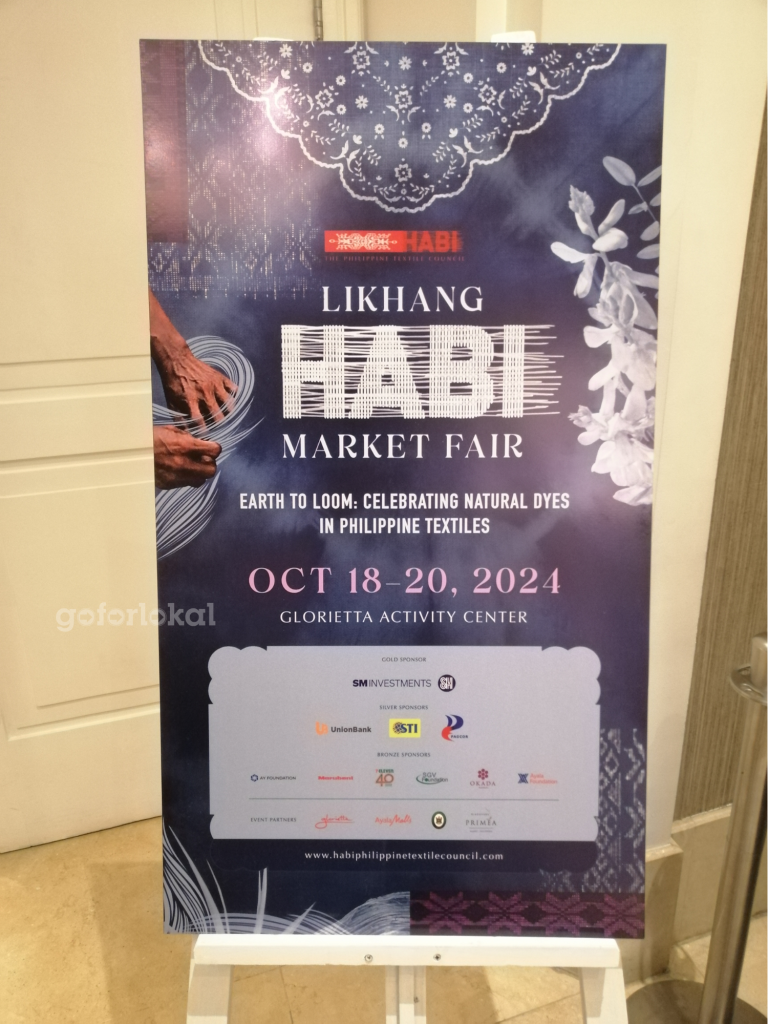
HABI: The Philippine Textile Council is proud to present the 14th Likhang Habi Market Fair, with the theme “Earth To Loom: Celebrating Natural Dyes in Philippines Textiles”, highlighting the use of natural dyes, promoting sustainability and supporting its eventual growth. The event will be taking place from October 18 to 20, 2024, at the Glorietta Activity Center.
“We’re going to have workshops that will demonstrate the use of natural dyes. We’re going to try to encourage the vendors to have products that use natural dyes,” HABI President Mia Villanueva shared.
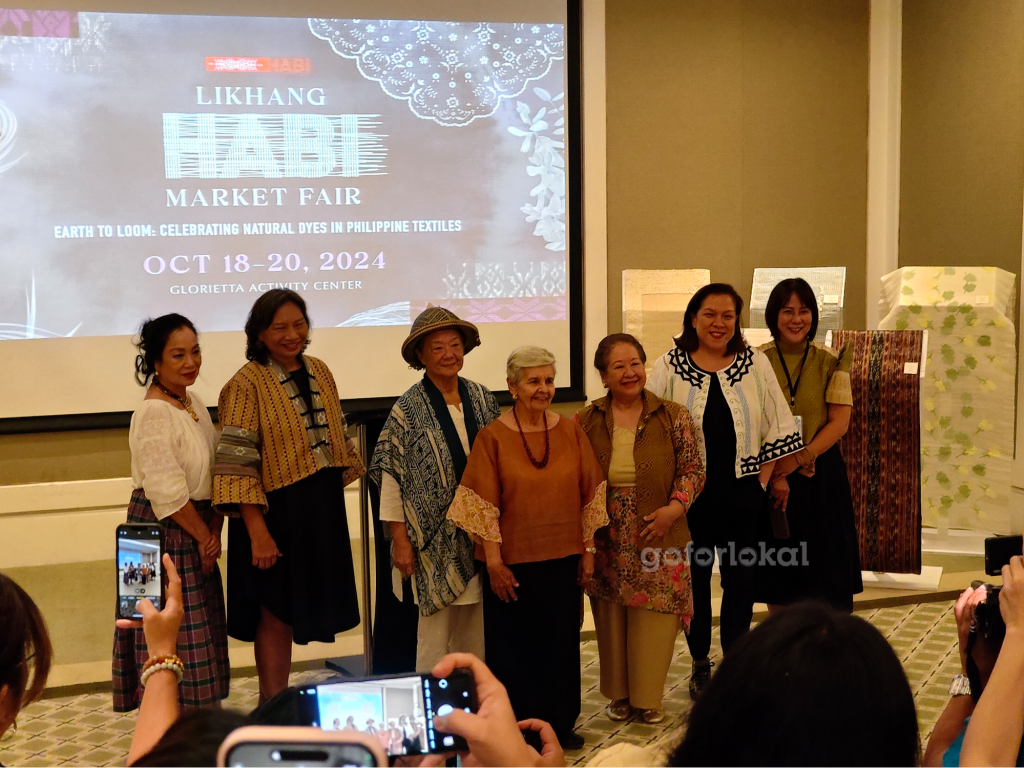
This year marks HABI’s 14th edition of this vibrant event, reflecting its ongoing commitment to preserving, promoting, and enhancing Philippine textiles. Through education, communication, and research, they aim to showcase the rich heritage of our textiles, leveraging both public and private resources to elevate local craftsmanship.
What to Expect at the 14th Likhang Habi Market Fair
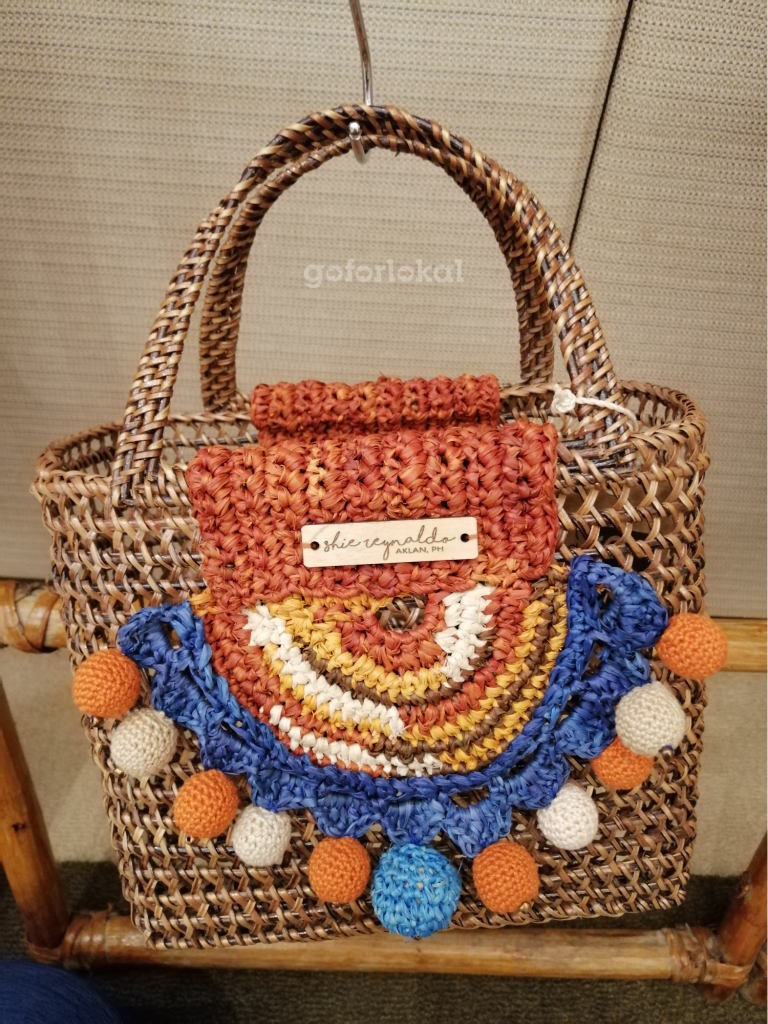
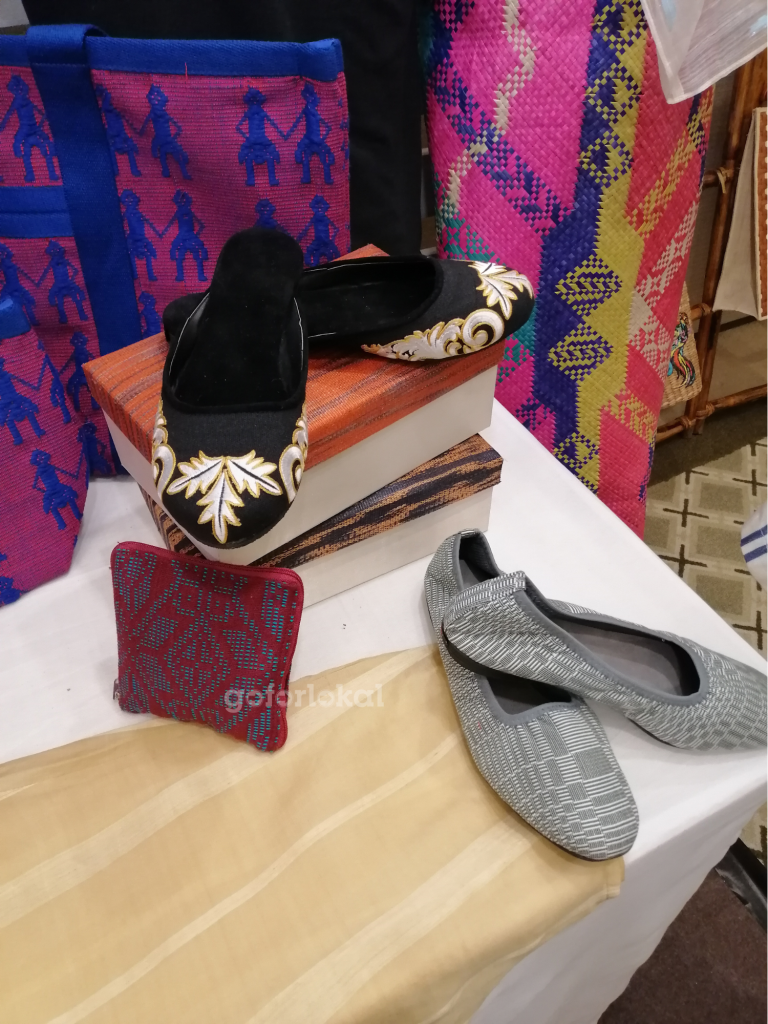
Last year’s 71 vendors have grown to 90 this year—with the lineup consisting of weavers, artisans, designers, and brands from all over the Philippines, including Luzon, Visayas, Mindanao, Cordillera, Zamboanga, Ilocos, SOCCSKSARGEN, Negros, Bangsamoro, and more.
You can expect more booths at the market fair this year! Since the maiden fair back in 2009 having only 12 booths, the event has steadily grown in popularity. With strong support from patrons and HABI’s dedication to giving grassroots communities and indigenous textile entrepreneurs market access, the fair now features 100 booths (with some vendors having 2 booths) showcasing local arts and crafts.
“Everybody is waiting for our fair this year and I hope they’ll wait again next year,” said HABI Founder and Chairman Emeritus Ms. Maribel Ongpin.
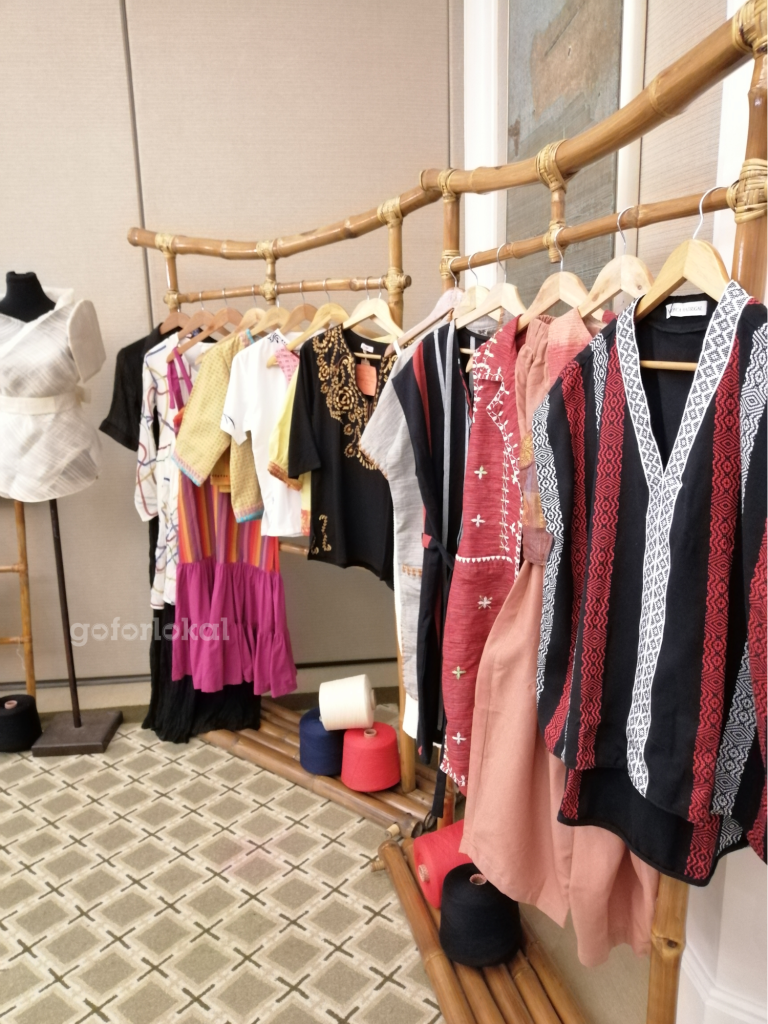
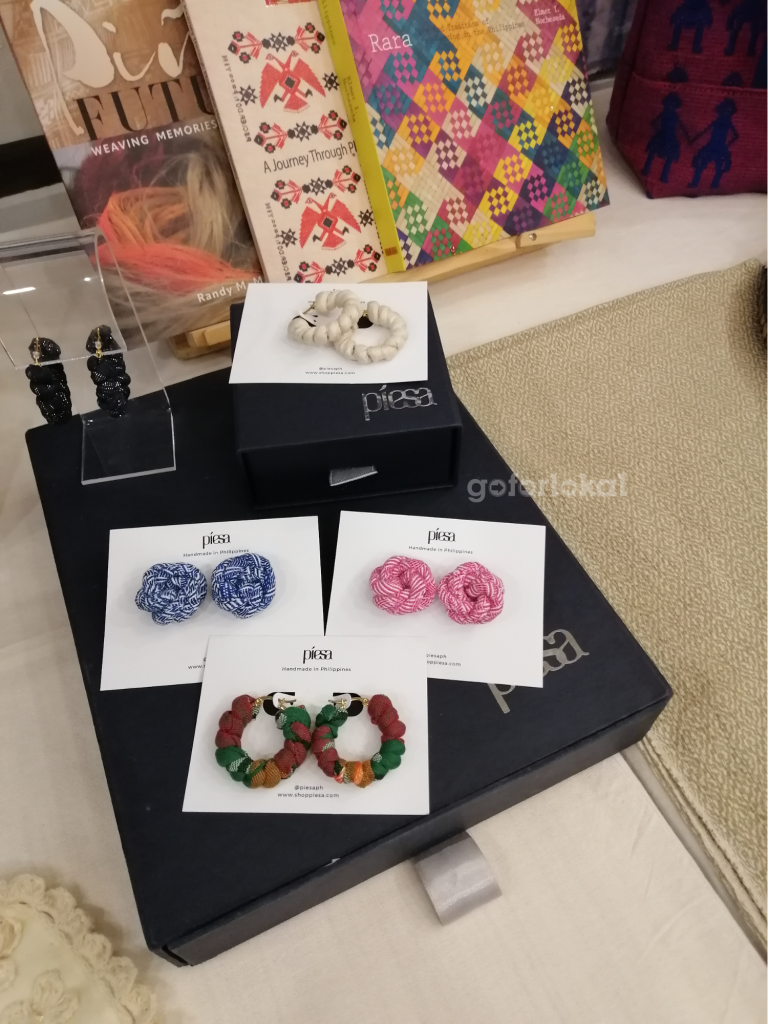
At the booth, you can shop for a variety of things, such as textiles, garments, bags, home decor, jewelry, and other special creations.
But HABI President Mia Villanueva reminds us that the fair is more than just shopping—that “it’s about meeting the artisans, it’s about learning.”
Weaving Dreams: Piña and Abaca Weaving Competition
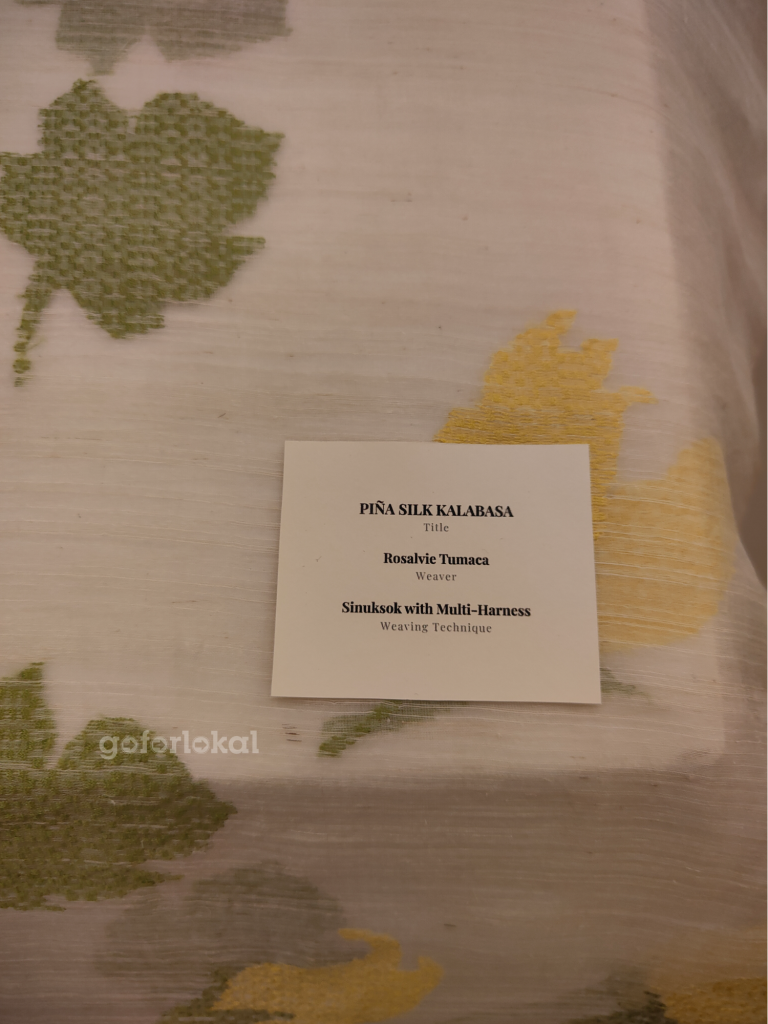
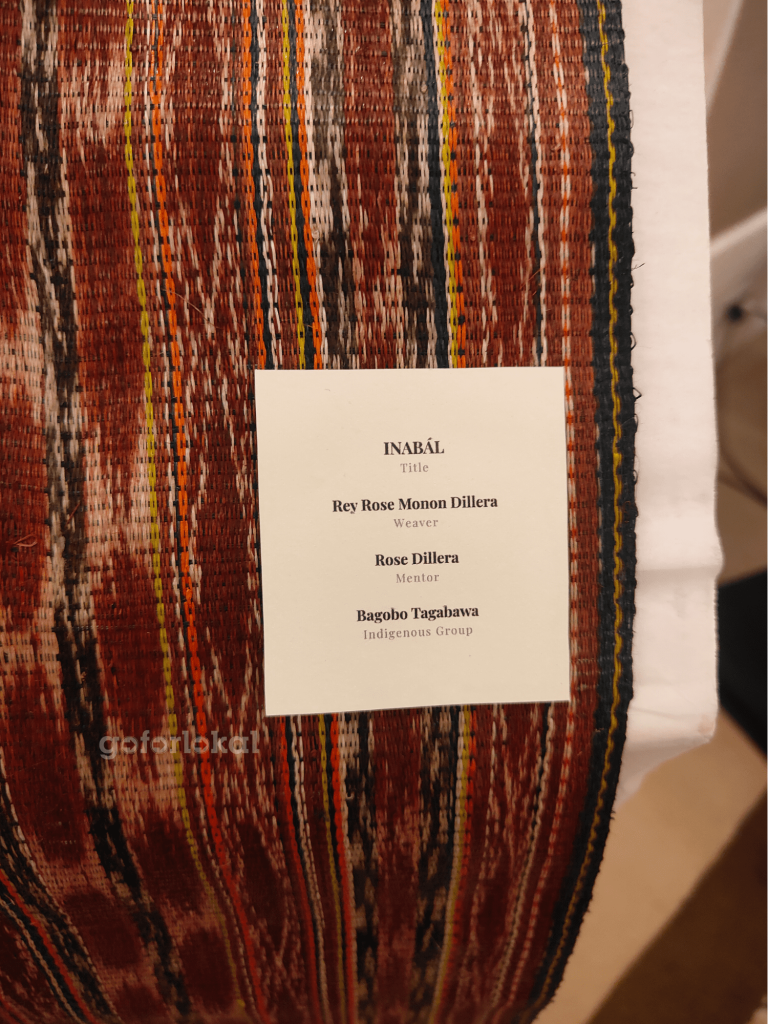
Throughout the 3-day Likhang Habi Market Fair, you’ll be able to view entries from the 7th Lourdes Montinola Piña Weaving Competition and the 3rd Eloisa Hizon-Gomez Abaca Weaving Competition for patrons and textile enthusiasts to appreciate. Winners to these competitions will be announced on October 19 and 20 respectively.
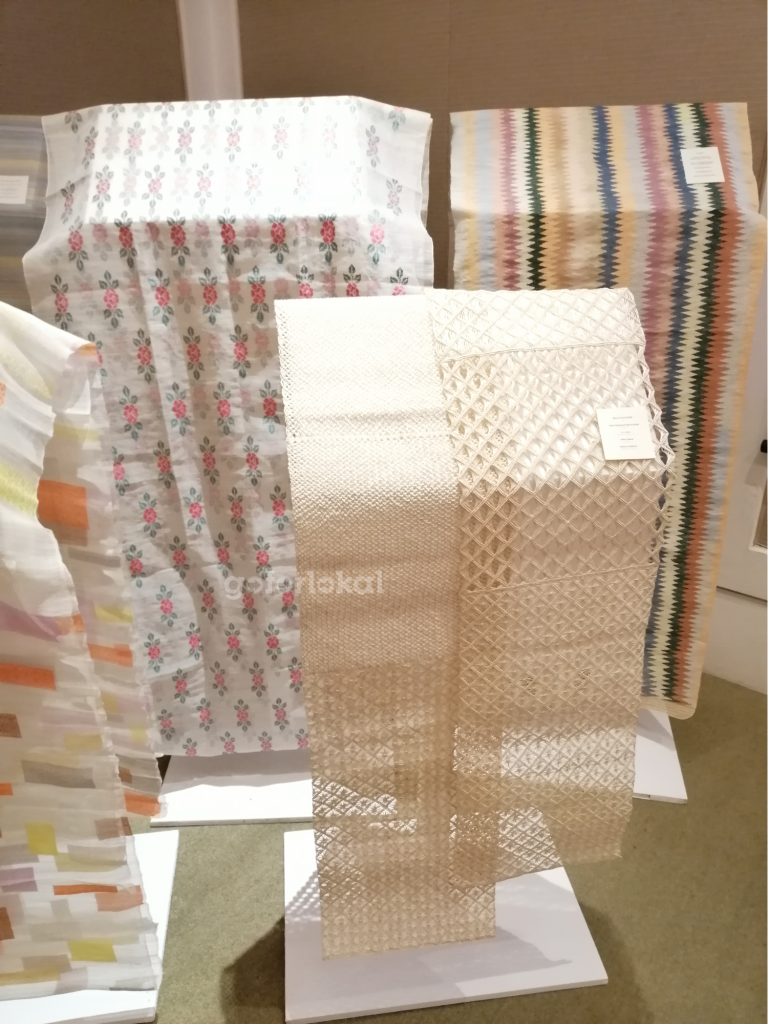
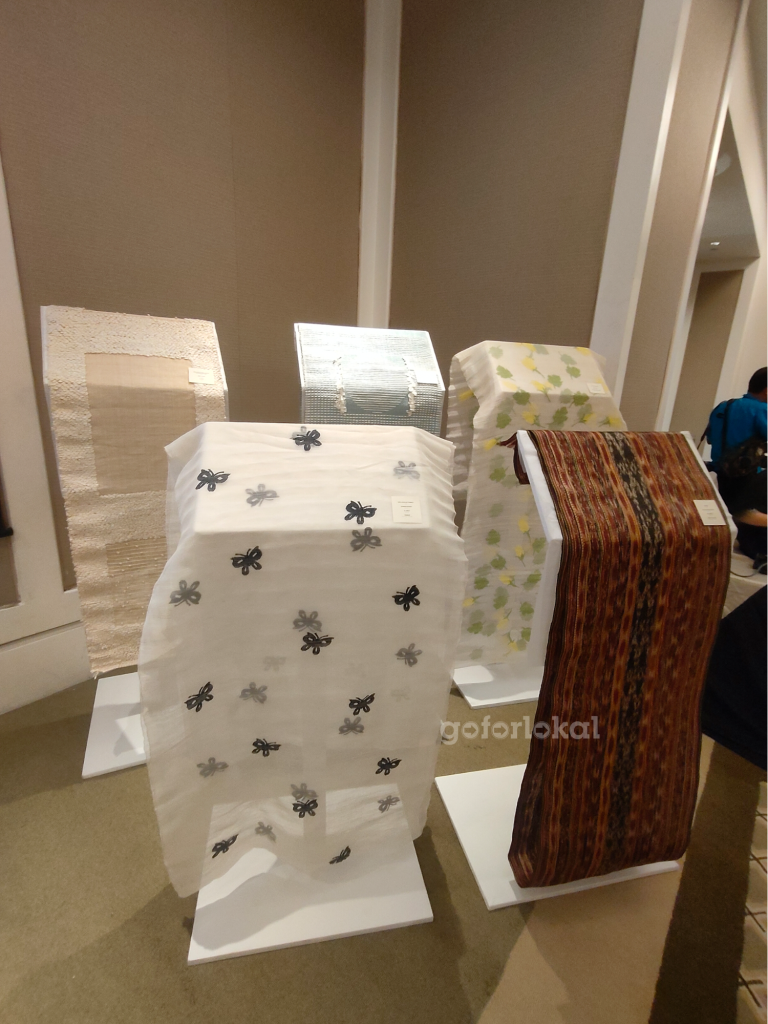
Likhang Habi Market Fair Empowers Skilled Weavers and Artisans
Likhang Habi Market Fair is an opportunity for the country’s skilled and talented weavers and artisans to showcase and sell their work and come face-to-face with potential customers, clients and collaborators.
“The market fair is a chance for them to interact with a bigger market,” said HABI Secretary Rambie Katrina Lim. Further highlighting that many of the weavers are “quite isolated, so they need a platform to grow and show their product and tell their story.”
From Grassroots to Greatness: Inspiring Success of Filipino Artisans
There are many Likhang Habi Market Fair success stories, with artisans who have grown from grassroots to greatness.
An example of this is Carlo and Raquel Eliserio, who began their journey as vendors at the Likhang Habi Market Fair. They discovered customers with a genuine appreciation for local crafts, many of whom became loyal supporters. This led to collaborations with other artists and media exposure, significantly boosting their sales and orders.
Today, Carlo receives invitations to international conventions and fairs and has a place in a Rustan’s department store.
Carlo also described the Likhang Habi Fair as “the ideal marketplace for artisans.”
Success stories like this testify to the value of local crafts using local materials. They demonstrate that weaving is more than just a skill; it reflects the richness of the Philippines’ cultural heritage and resources, which remain vibrant and alive even in the modern world.
Visit their website or check out HABI The Philippine Textile Council on Facebook and @habicouncil on Instagram. Let’s celebrate local craftsmanship!
Weaving the Next Generation
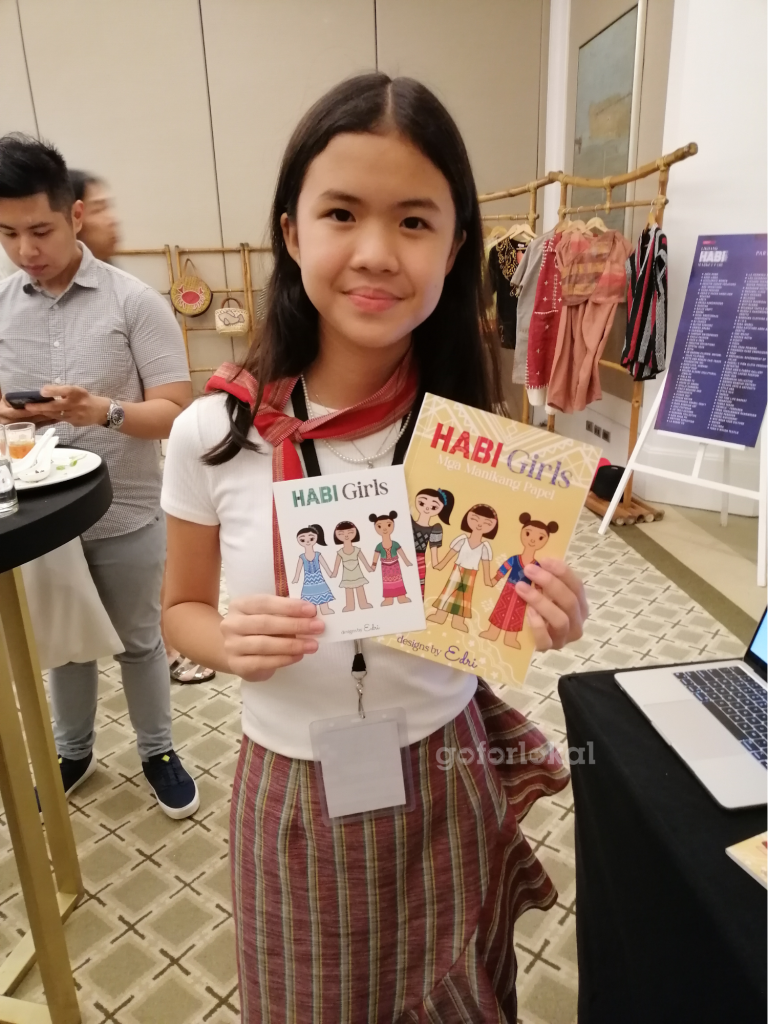
Edriana Yupitun, the youngest youth intern at HABI, during the Media Launch of Likhang Habi Market Fair
“I felt it was going to die if we just let it go, if we didn’t give it any attention. But lately, I’ve noticed that more and more young people have gone into it,” said HABI President Emeritus Adelaida Lim.
Fortunately, HABI’s efforts since it started have paid off. Traditional textiles are no longer just seen as materials for native costumes; they have become part of everyday life. A clear sign of this success is the growing interest in weaving and Philippine textiles among young people.
Ms. Adelaida continued to point out that they were surprised by the number of young people who joined their Piña Weaving Competition, which is a clear indication that “it’s now in the hands of the next generation, and that it’s not going to disappear with the death of older practitioners.”
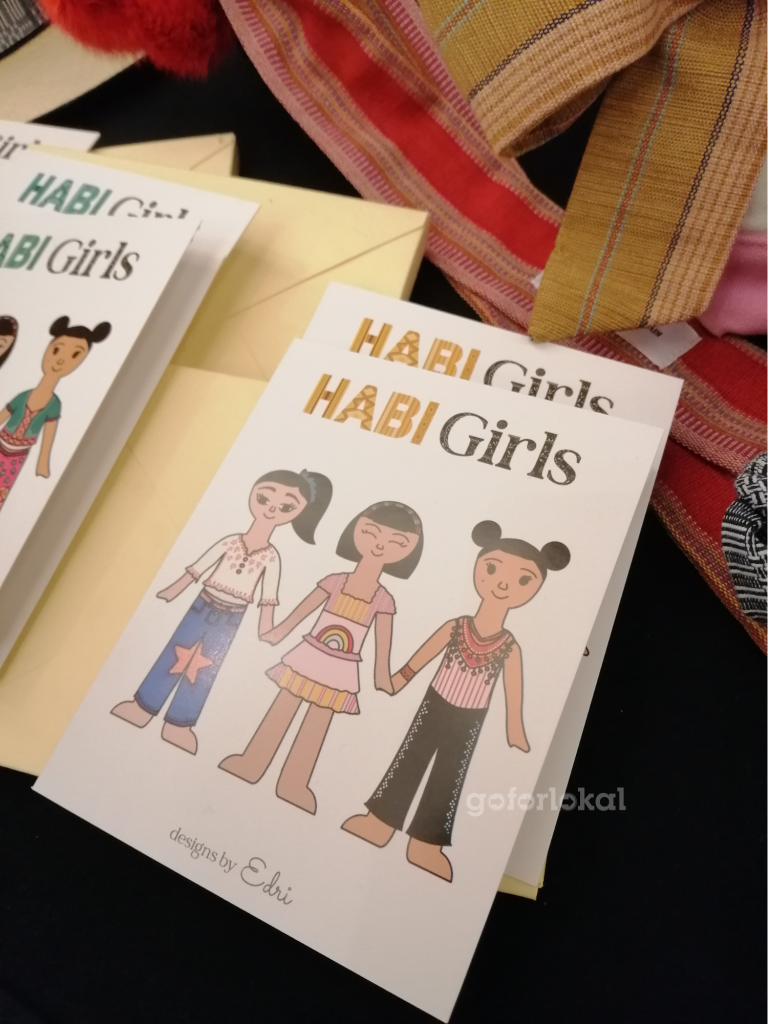
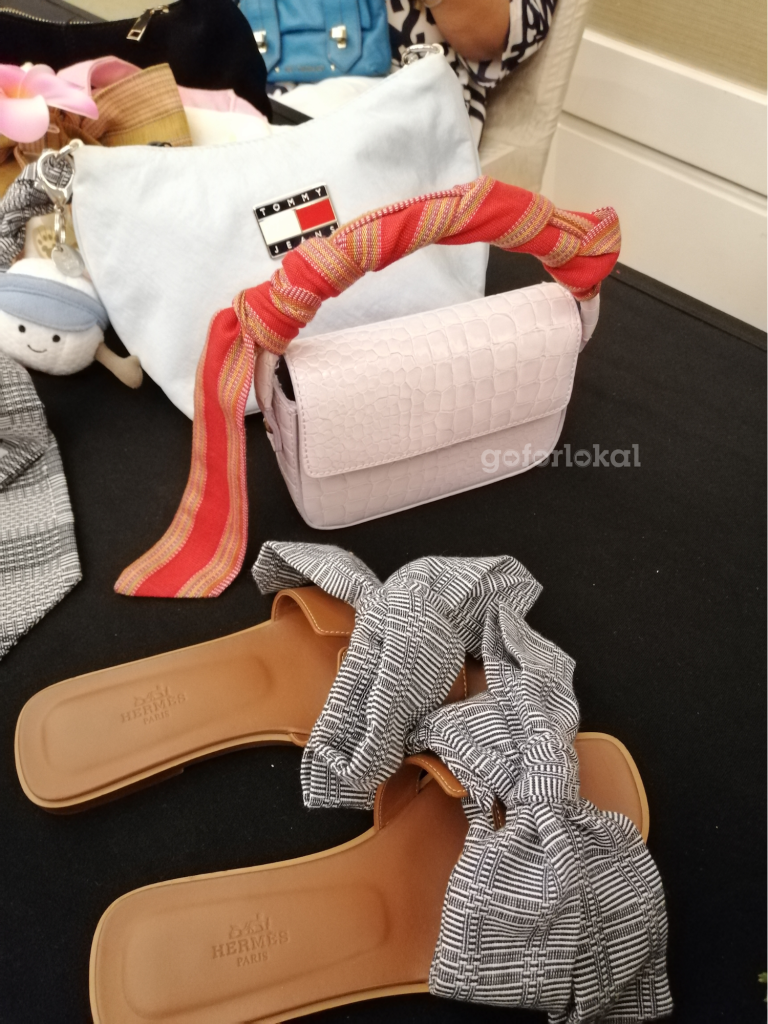
Apart from the weavers, HABI has a lot of volunteers who are eager to help the cause, including Filipino kids who grew up abroad and are wanting to reconnect with their roots. Among these young volunteers are new interns— such as Edriana Yupitun or Edri.
Edri is an example of the youth being interested in this kind of local craftsmanship. She is a 14-year old high school student and the youngest intern creating her own paper dolls and twillies made of handwoven textiles. The HABI committee is passionate about inspiring the next generation of weavers, like Edri, making sure the art of weaving lives on and thrives for years to come.
For HABI, there’s no slowing down when it comes to elevating the country’s textile industry, both locally and globally. As Villanueva put it, “There’s so much more we can do. We’re going to take it further. I have a clear vision for our next steps and where we want the council to go. It’s exciting.”

